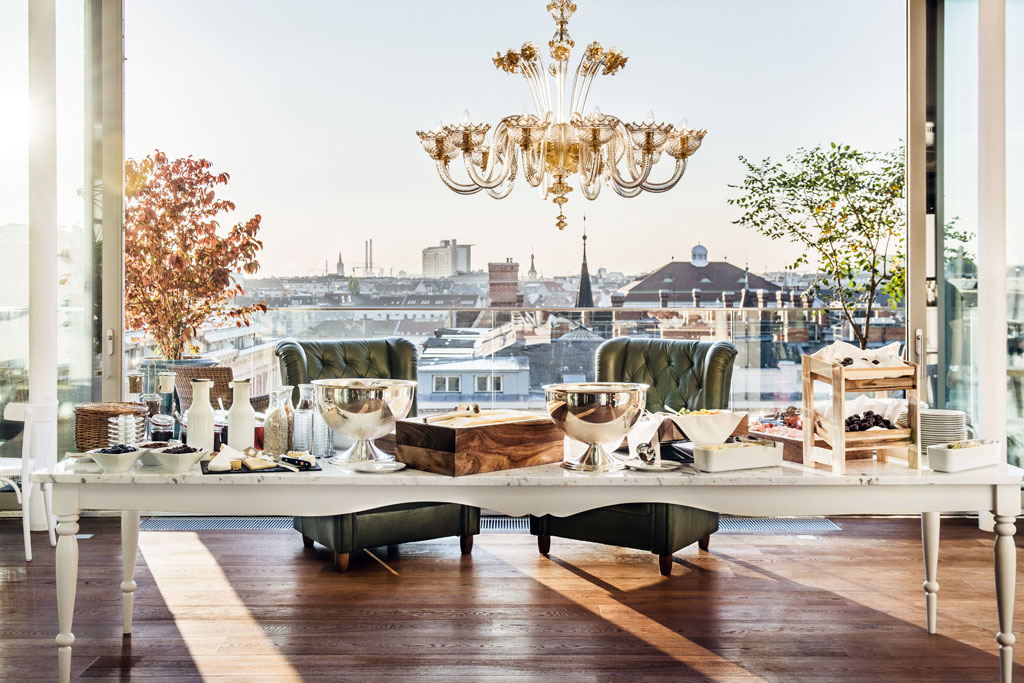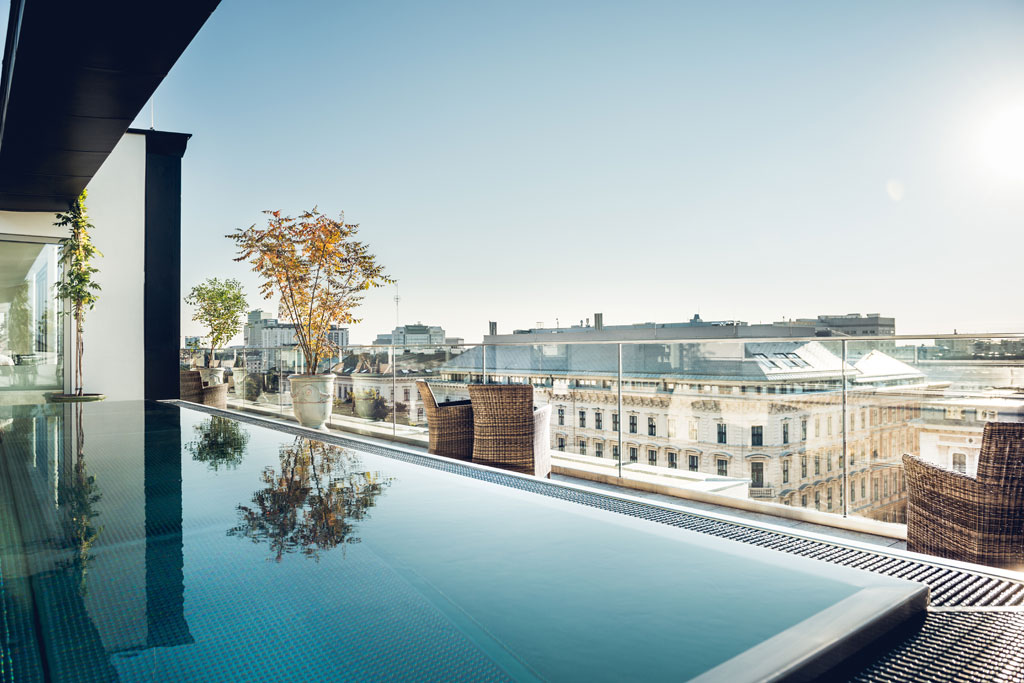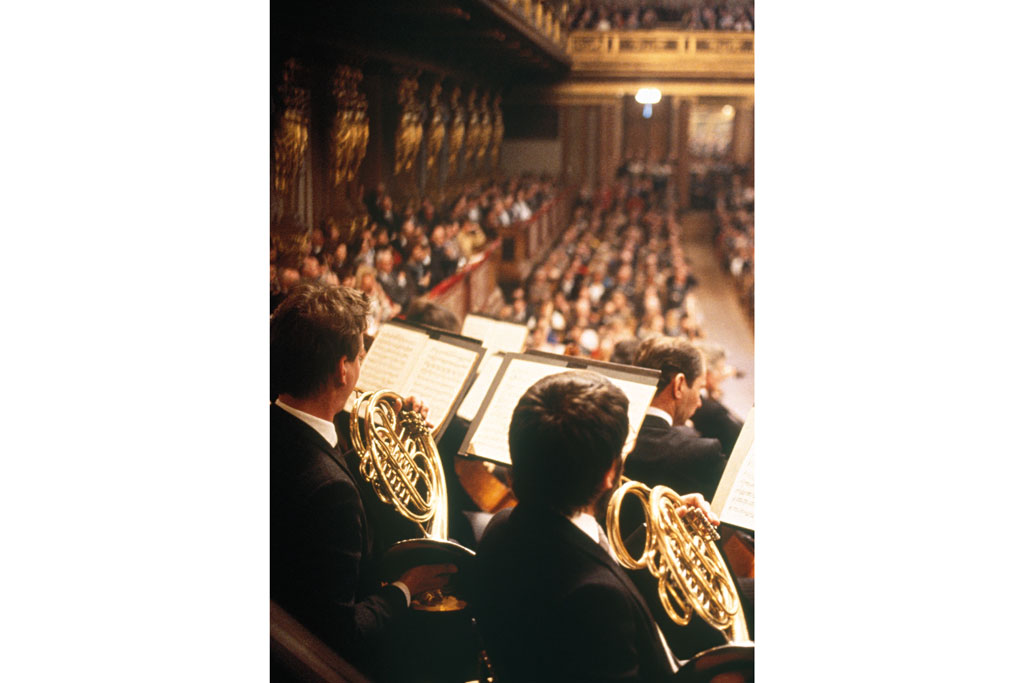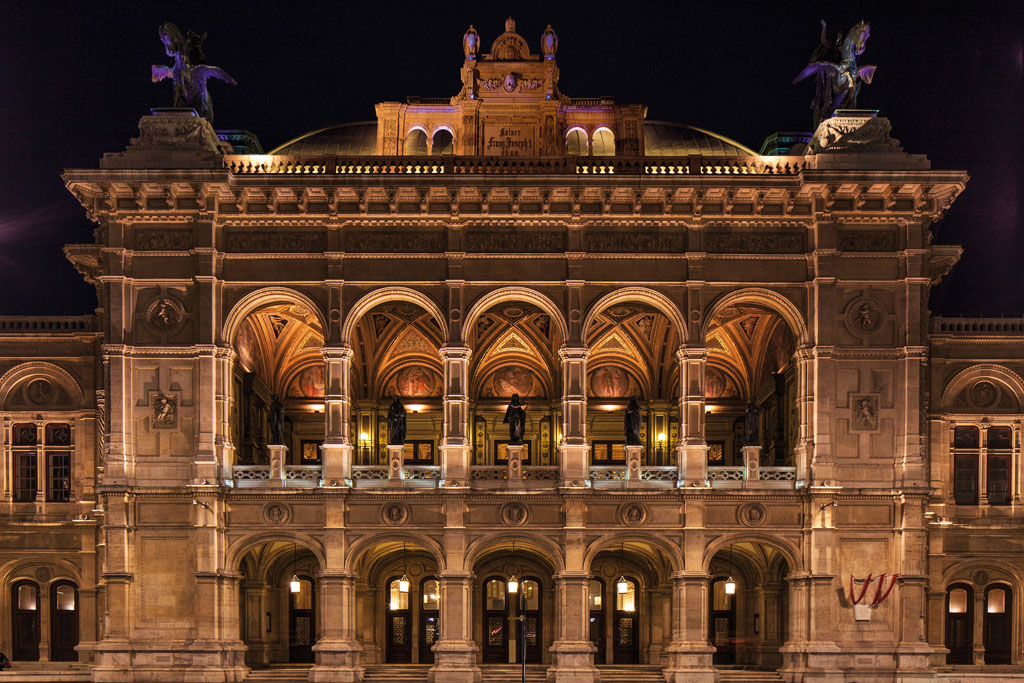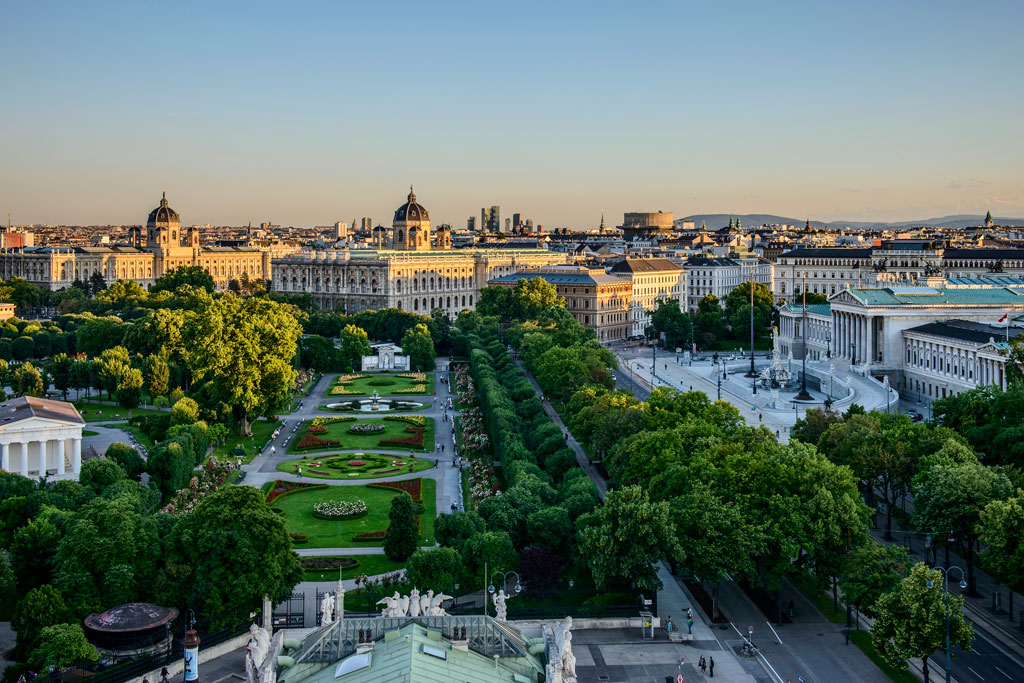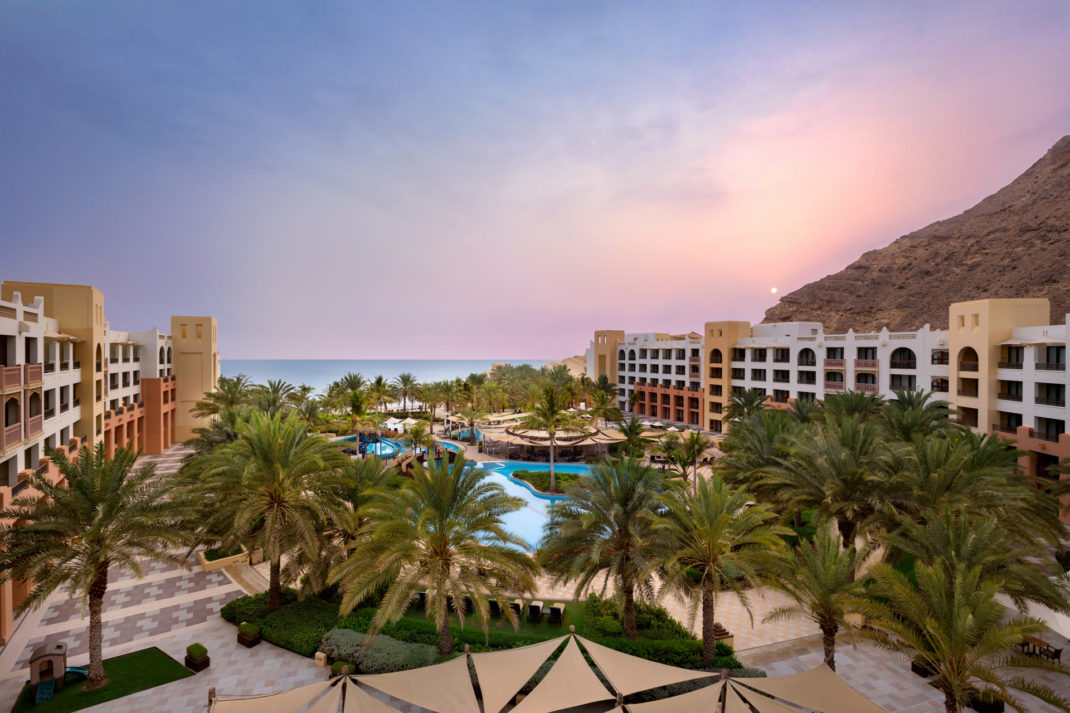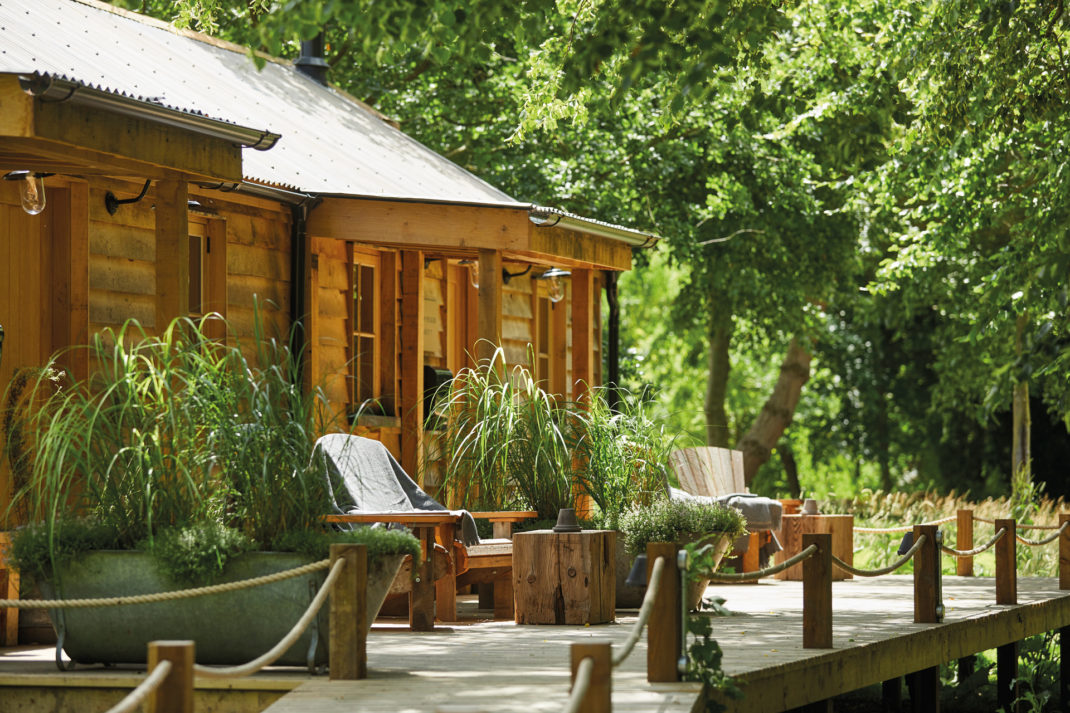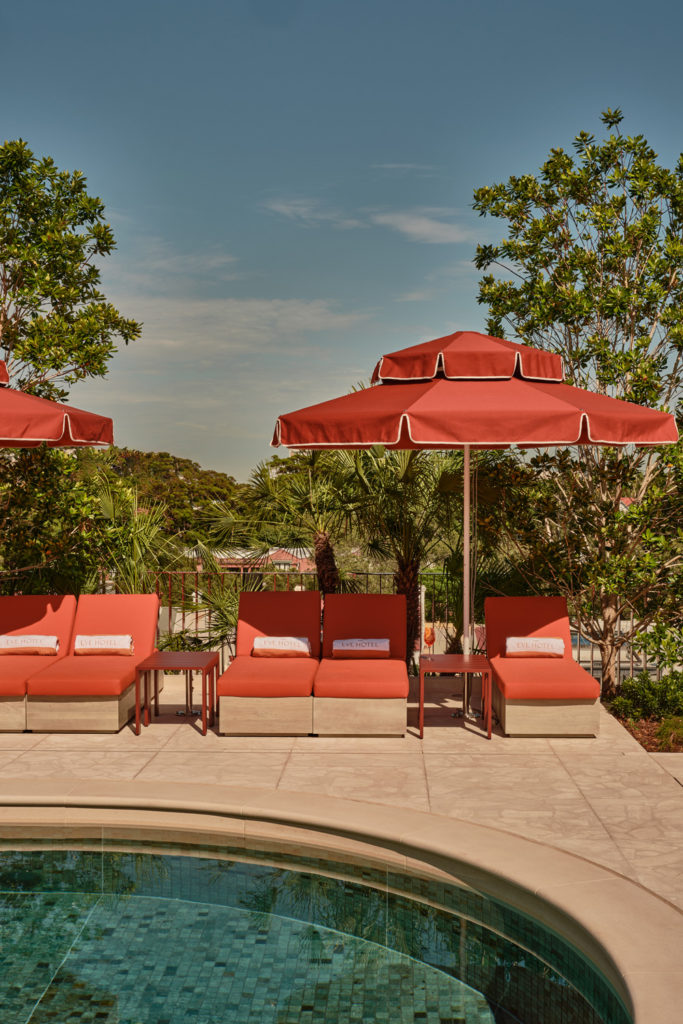Vienna in the Footsteps of Beethoven
By
5 years ago
Celebrate 250 years since the great composer's birth...
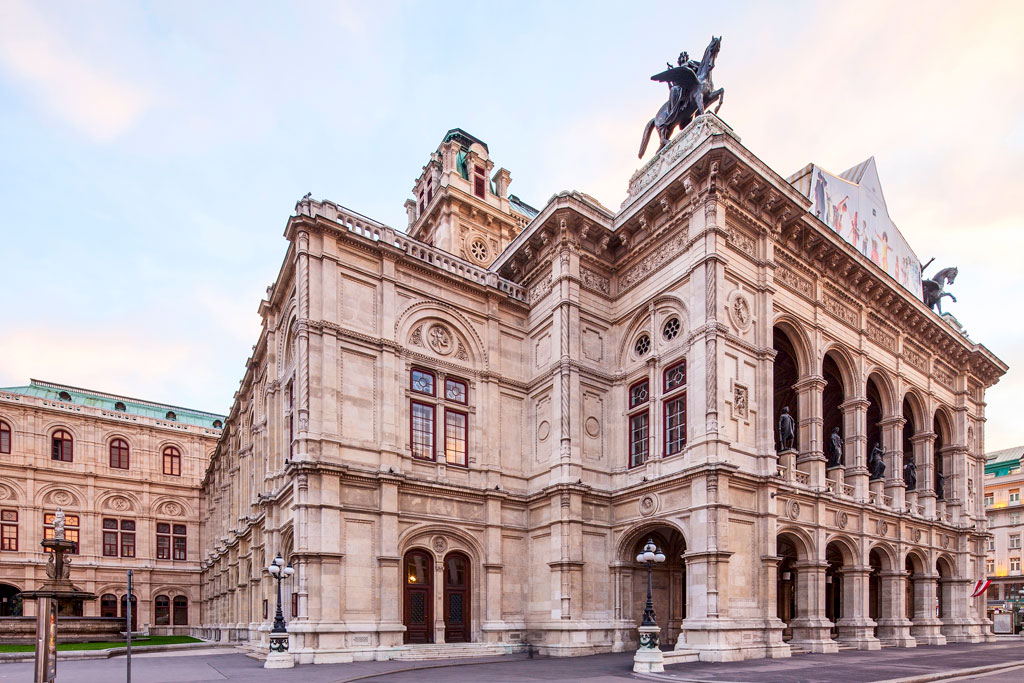
Recently voted the most liveable city in the world for the second year running, Vienna is not only a beautiful city, resplendent with elegant buildings and leafy parks; it’s also rich with the history of the great composers, such as Mozart, Schubert and Beethoven, who lived and worked there. In 2020, the 250th anniversary of Beethoven’s birth, there’s never been a better time to visit the city and walk in the footsteps of that troubled genius, writes Ysenda Maxtone Graham…
Vienna in the Footsteps of Beethoven
DAY ONE
There can’t be many city centres as easy to reach to from the airport as Vienna. Buy a Vienna city pass at the airport tourist office to last the length of your stay; this will give you a wonderful sense of travel-freedom and Vienna-wanderlust. You’ll be able to hop on and off any tram and underground train you like in this small city, where everything seems delightfully accessible. The CAT train to Wien Mitte (the central station) takes only sixteen minutes. Walk across the Stadtpark to the city centre, relishing your first glimpses of spires, fountains, statues and elegant facades.
STAY
The Grand Ferdinand Hotel happens to be just beyond the left-hand corner of that very park, on the Schubertring, the great Ring-street round the edge of the old city centre, along which trams bustle efficiently. It’s a lovely, friendly hotel, with a rather amazing stuffed Lipizzaner horse in the lobby next to the lifts. The rooms are comfortable, painted in stylish gun-metal grey with ornate white mirrors, and the breakfasts on the eighth floor, with inspiring views over the rooftops of Vienna, are excellent: vast buffet, and freshly cooked bacon and eggs, or pancakes, or eggs benedict, made to order. The hotel also has a heated rooftop swimming-pool, open all year round.
STROLL IN THE FOOTSTEPS OF BEETHOVEN
The place to go for your first Beethoven-fix is to the excellent Beethoven exhibition (until 19 April) at the Austrian National Library in the Josefplatz, in the heart of the old town, in a wing of the Hofburg. The State Hall of the library takes your breath away: it’s a splendidly proportioned huge hall with leatherbound books going up to the ceiling, the highest ones far up in a second-tier gallery with spindly sets of library steps placed at intervals. You expect to see a Gringott’s goblin from Harry Potter shinning up one of the ladders to collect a dusty volume. The trompe l’oeil ceiling is also dazzling.
Here you can look at manuscripts and letters from Beethoven’s life, showing his chaotic handwriting, his short temper, his constant money worries and his genius as the music poured out of him onto the page. He sent his hard-to-decipher music manuscripts to copyists, scrawling furiously on the edge of one, ‘whichever copyist wrote this is a DONKEY’.
9 Things You Didn’t Know About Beethoven
SNACK
Very near the National Library, at the Albertina, is one of the two Bitzinger sausage stands in Vienna (the other is at the Prater Park, where the big wheel is). This family-run sausage stand, right next to the State Opera House, is adored by the locals: you’ll see elegantly dressed Viennese ladies tucking into piping-hot sausages, sliced and served with mustard, ketchup, sauerkraut and a Viennese Semmel (bread roll). Join them: you won’t be disappointed.
Also nearby, in the Dorotheegasse, is Trzesniewski, famed for its open sandwiches: fresh, dark rye bread, cut into small rectangles and smothered in delicious spreads, from tomato and paprika to egg mayonnaise, or salmon and cream cheese. Sustaining and delicious.
VISIT
Forever roaming, never settled or happy, Beethoven is thought to have lodged at numerous – some say 45, some say over 60 – different addresses in Vienna since from his arrival there from his birthplace of Bonn at the age of 22, to his death at the age of 57. So, as you stroll through the city centre and look up at the windows, there’s a decent chance that Beethoven will have lodged in that very street. The lodgings all came with pianos, so at least Beethoven didn’t have to lug his from place to place – just his mess of books, papers, clothes, violin and viola.
The one apartment in which he lived for the longest – for eight years, on and off – is at the Pasqualati House, in a cobbled street on the old ramparts of the city. It used to have views over the Vienna woods, but now overlooks Vienna University on the Ringstrasse. As you climb the 100 steps of this charming old courtyard house to the fourth floor, you really feel that you are ‘in the footsteps of Beethoven’, clumping up to the apartment which his kind, understanding landlord Pasqualati kept for him, announcing that ‘the rooms are not for rent: Beethoven will be back soon.’
Up on this fourth floor (actually in the flat across the hall, which currently has a tenant), Beethoven composed his opera Leonore, which would later be renamed Fidelio.
TAKE THE TRAM
The Pasqualati house is very close to the Schottentor, one of the main hubs in Vienna for tram travel. Go down the short escalator: it’s time to take the 37 tram to the village of Heiligenstadt. Only 5 km away, it used to be a spa-village in the countryside where Beethoven went to take the healing waters, a treatment he loathed. Tram rides in Vienna give you a chance to rest your weary museum feet and gaze out of the window at Viennese life going on, in that extraordinary situation of simultaneously being on a train and in a street.
All too soon while you’re enjoying this comfortable ride, you’ll arrive at the terminal. Walk down the hill past the village church, and you’ll soon come to sweet little Probusgasse and the Beethoven Museum – the house in which Beethoven spent his summers in the first years of the nineteenth century.
In room 1, you’ll turn a handle and listen to an unbelievably pretty, moving movement of one of his piano sonatas. By now, you’re beginning to feel you’re getting to know this difficult man, who seemed to work out the chaos and unhappiness of his life, and the trauma of his incipient deafness, through composing exquisite, limpid music that is balm for the soul. You can really imagine Beethoven spending his summers here, crossing the tiny courtyard, climbing the stairs to his composing room or his bedroom. You can feel the peace of this rural place after the stress of his life in busy central Vienna.
You’ll see his piano with a special hood fixed over the strings to help project the sound towards him in his deafness. You can see sixty coffee beans laid out: Beethoven was obsessive about counting out precisely sixty beans for his coffee each morning. You’ll read (and hear, through headphones) his heartbreaking ‘Heiligenstadt Testament’, which he wrote while staying here. It was written, but never sent, to his brothers Johann and Carl. He reflects on his despair over his increasing deafness, and on his thoughts of suicide. But he resolves to overcome his physical and emotional ailments and fulfil his artistic destiny. This testament was found among his possessions after his death.
STROLL
As you come out of the museum, don’t go straight back to central Vienna. It’s only a short walk to the two enchantingly pretty villages of Nussdorf and Grinzing, where you can sit in one of the many taverns Beethoven must have enjoyed, with cobbled courtyards. Enjoy a glass of fresh wine grown in the vineyards all around, and a good plateful of local food.
You can walk up the hill beyond the villages, through public footpaths, into the vineyards, and marvel at how close this rural paradise is to the centre of the city.
BEETHOVEN CONCERTS
In the evening, go to a concert at the the Musikverein – the vast, elegant but still somehow intimate concert hall, home of the Vienna Philharmonic Orchestra, in which the annual New Year’s Day concert is held. In this anniversary year, there’s a feast of Beethoven music on offer. All of well-heeled, intellectual, music-loving, fur-coat-wearing Vienna society is here: the people-watching is as much fun as the music-listening is divine.
There are Beethoven concerts all over Vienna this year: upcoming concerts are advertised on every cylindrical advertising column (rather like the ones you find in Paris), in concert halls across the city. Take your pick.
EAT
After the Musikverein concert, cross the road and go for a late-evening supper at the Hotel Grand Ferdinand’s own famed schnitzel restaurant, Meissl & Schadn. They’re so (justifiably) proud of their schnitzels that they have a show-kitchen in the window, where you can watch the expert egg-and-breadcrumb dipping going on all day.
If you’re not quite hungry enough for a schnitzel, but feel like a light late-evening bite, go to the Café Schwarzenberg, also on the Ringstrasse and even closer the concert hall. Their goulash soup, served with a fresh roll and cold butter, is warming and delicious, washed down with a large Spritzer or beer. The coffee-house waiters in black tie with black waistcoats are life-enhancingly professional and gracious. You’ll feel so happy sitting there that you won’t be able to resist lingering for one of their coffees from their delectable coffee menu: try the ‘Mozart Coffee’, served with cherry brandy, whipped cream and pistachios.
The Grape Escape: New Adventures for Wine Lovers
DAY TWO
VISIT
After a good night’s sleep and hearty breakfast, visit the Beethoven Monument in Beethoven Square, erected in 1888: you’ll see the master scowling in bronze, with angels at his feet. Then take the underground a few stops to Schönbrunn Palace, where Beethoven (surely) wandered while composing his Erioca symphony. Walk through the gardens behind the palace, all the way up to the splendid architectural confection at the top that is the Gloriette, and marvel at the views of the magical city.
EAT
For a bit of contemporary cuisine, try the excellent, low-key friendly restaurant Wrenkh, on the Bauernmarkt in the city centre, which specialises in vegan dishes. Their crispy shredded potatoes with marjoram, oregano and thyme served with herb dip is highly recommended, as are their mushrooms in a creamy sauce served with beetroot dumplings. (For non-vegans, there are meat options here too.)
For a relaxing evening among the local Viennese, try the Glacis Beisl in Breite Gasse, behind the Kunsthistorisches Museum, where you can enjoy a generous portion of excellent schnitzel served with a bowl of salad (lettuce with potato salad and beetroot) with mouthwatering dressing. This restaurant has a lovely paved garden for summer-evening eating out of doors.
The Griechenbeisl in the Fleischmarkt has been going strong for 550 years. Beethoven himself dined there, as did Mozart. It’s an extraordinarily atmospheric and cosy restaurant, with live music from a zither player, making you feel as if you’re in The Third Man (the classic film that, incidentally, is still shown almost every day at the Burg Kino cinema). The Griechenbeisl’s schnitzels and other Austrian specialities are top-notch.
FINALLY
With Beethoven’s music singing in your head, after the concerts and headphone experiences in the museums, and having been to his houses and immersed yourself in his adopted city, visit his grave. This is in the Zentralfriedhof, the central cemetery. It’s actually his third burial place; twice, his body was dug up and moved from its original cemetery in one of the outlying districts. Now, it’s Grave no. 29 in Group 32a at this enormous but peaceful central cemetery, as famous for its lush flora as for its graves. Take the 71 tram all the way there from the Schwarzenbergerplatz: they go every ten minutes. Beethoven’s grave is surrounded by trees, grass and lovingly tended pots of flowers.
BOOK
For more information visit wien.info
MORE TRAVEL:
Spring in the UK: Best Places to Visit / Where to Watch Ballet in the UK / The Ultimate Paris Travel Guide

